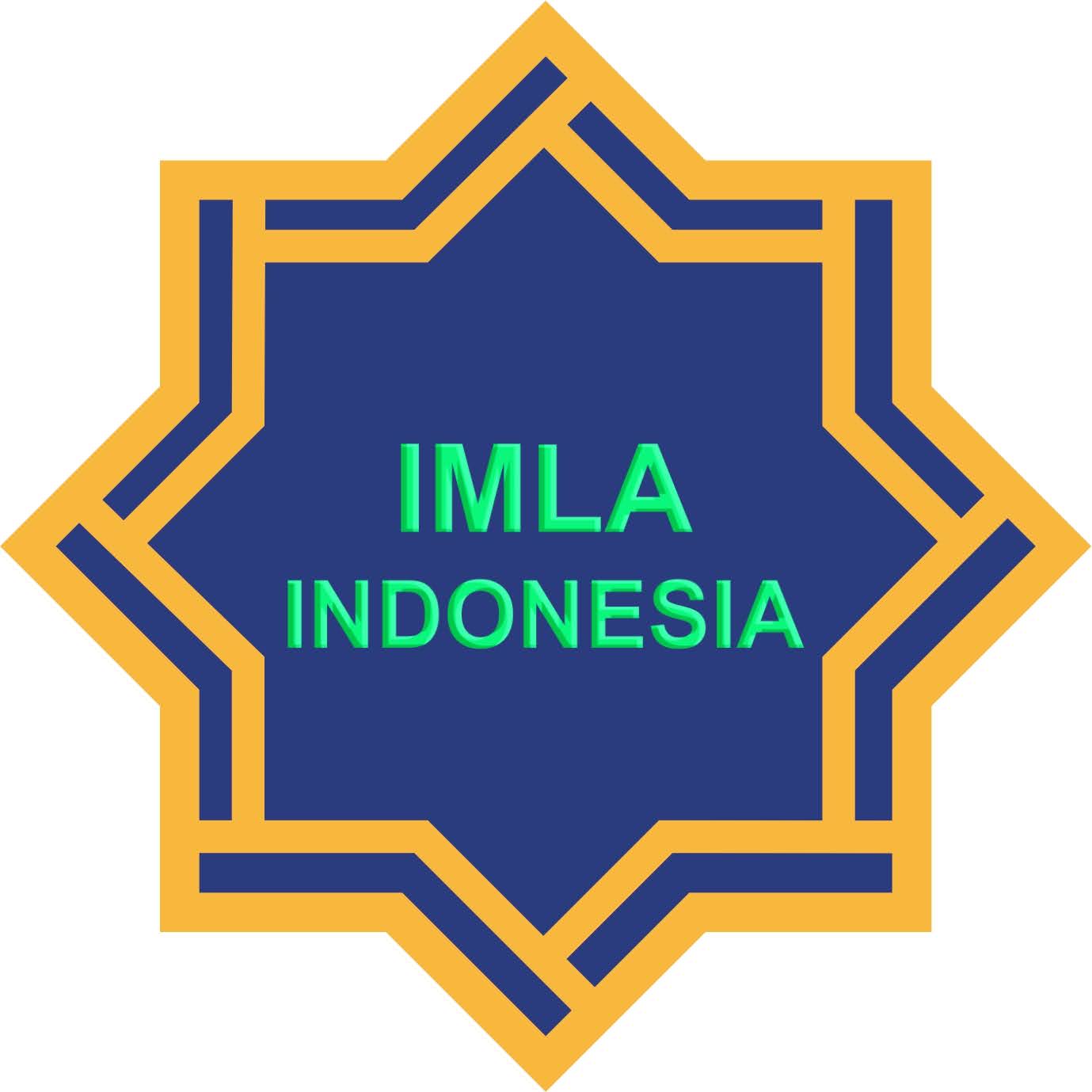Pembelajaran Nadhom Alat dalam Perspektif Teori Kognitif di UIN Fatmawati Sukarno Bengkulu
DOI:
https://doi.org/10.21154/tsaqofiya.v6i1.324Keywords:
pembelajaran, nadhom alat, qawaid arabiyah, teori kogntifAbstract
This research aims to find out the concrete form of the learning process of tool nadhom from the cognitive theory perspective at UIN Fatmawati Sukarno Bengkulu and explain the supporting and inhibiting factors. This research uses a descriptive-qualitative type. The sources of information used are the results of observations during the learning process of nadhom alat, the results of interviews with the head of the Arabic language education study programme, lecturers who teach nadhom alat courses, and PBA students at UIN Fatmawati Sukarno Bengkulu. The data analysis used is Miles and Huberman's interactive analysis theory, which includes data collection, presentation, reduction, and conclusion. The results of this study indicate two critical findings, namely the concrete form of the tool nadhom learning process with a cognitive theory perspective includes the following steps: planning, implementation, and evaluation of learning. In its implementation, several methods are used in learning nadhom alat, such as the nahwu wa tarjamah method, deductive method, and question and answer method. Furthermore, the supporting factors of learning include the presentation of learning being very simple and giving examples of sentences in the context of everyday life, the rules and targets of memorization being straightforward. Students can follow them, the number of students who are not too many making focused and conducive in the learning process, and inhibitors include the lack of structured practice patterns from students, a small portion of students not meeting the target of memorization deposit, low student understanding of the rules so that it implies repetition.
Abstrak
Penelitian ini bertujuan untuk mengetahui bentuk konkret dari proses pembelajaran nadhom alat dari perspektif teori kognitif di UIN Fatmawati Sukarno Bengkulu serta menjelaskan faktor-faktor pendukung dan penghambatnya. Penelitian ini menggunakan jenis kualitatif deskriptif studi kasus. Sumber informasi yang digunakan adalah hasil observasi selama proses pembelajaran nadhom alat, hasil wawancara dengan kepala program studi pendidikan bahasa Arab, dosen yang mengajar mata kuliah nadhom alat, dan mahasiswa PBA di UIN Fatmawati Sukarno Bengkulu. Analisis data yang digunakan adalah teori analisis interaktif Miles dan Huberman, yang meliputi pengumpulan data, presentasi, reduksi, dan kesimpulan. Hasil penelitian ini menunjukkan dua temuan penting, yaitu bentuk konkret dari proses pembelajaran nadhom alat dengan perspektif teori kognitif mencakup langkah-langkah berikut: perencanaan, implementasi, dan evaluasi pembelajaran. Dalam implementasinya terdapat beberapa metode yang digunakan dalam pembelajaran nadhom alat seperti metode nahwu wa tarjamah, metode deduktif, dan metode tanya jawab. Selanjutnya, faktor pendukung pembelajaran meliputi penyajian pembelajaran sangat sederhana dan pemberian contoh kalimat sesuai dengan konteks kehidupan sehari-sehari, aturan dan dan target hafalan jelas dan bisa diikuti mahasiswa, jumlah mahasiswa yang tidak terlampau banyak membuat fokus dan kondusif dalam proses pembelajara, dan penghambat meliputi kurangnya pola latihan terstruktur dari mahasiswa, sebagian kecil mahasiswa tidak memenuhi target setoran hafalan, rendahnya pemahaman mahasiswa terhadap kaidah sehingga berimplikasi pada pengulangan















.png)


